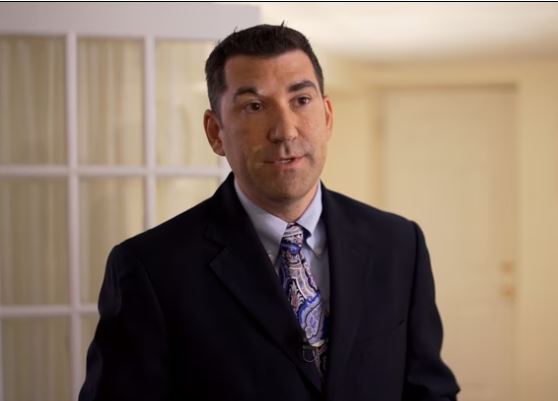By Monica Murphy, Senior Coaching Partner and Ethan Becker, Senior Coaching Partner
As Speech Coaches, we look at how the art of communication persuades a voter. Have you thought about how communication style impacts a voter’s perception? By style we mean: how someone comes across to their listeners. Forget about the healthcare, balance of power in the white house, and messaging for a moment….Let’s look at the communication reasons why some Massachusetts voters eagerly checked the box next to Scott Brown on the ballot. Simply said, wrong style, not enough smile.
In Massachusetts in 2010, Martha Coakley did anything but come across as conversational and approachable on the campaign trail. Instead she came across as arrogant and elitist. Now wait a minute, we’re not saying Martha Coakley is arrogant and elitist, as a speech coaches, we’re more selective with our language than that, she “came across” that way. And in some circles, that will be ok, it will translate into confidence. In the job of an Attorney General, this serves a purpose. But when it’s a political female candidate, and your competition is already shouting from the rooftops, “Liberal arrogant elitist”… and then you “sound that way”, it solidifies the perception.
What do we mean by sound that way?
Often when Coakely spoke in public, her tone and inflection did not match the message. This does not indicate if she was sincere or not, it simply projects the impression that she is not, Remember, it’s all about perception.
Add to that, it’s been our experience at the firm that women have a more difficult time projecting a consistent confident, authoritative and approachable style. The attempts are often seen as arrogant or condescending. There must be a strong use of Pathos, emotional appeal, as well. One woman who is perceived as succeeding in creating an approachable, even charismatic style is Michelle Obama, what strikes you about her? Yes… it is her Style and Smile…
What could Coakley have done more of?
-Incorporate more nonverbal communication such as more smiling and larger gestures. –
-Use language that evokes more emotion
-Vary the tone and inflection in her voice to project a more approachable and sincere style
These are very specific mannerisms that many speakers need to learn, even in business.
Brown’s Style and Smiles…
Brown came across as comfortable, confident and down to earth. Why? Well, keep in mind, he did not need to influence voters in North Carolina, only in New England. The single most identifiable verbal trait of a New Englander is to drop the “r”. “Pahk ya cah in hahvad yahd.” Brown has a keen skill to turn this on and off in a way that has him described as articulate!
Brown’s use of nonverbal communication was very effective. Often seen with a smile or an engaged look, he appeared conversational and approachable. Now add some strategic placement of issues and messaging and you have a formula for success.
Any candidate who is running for office should look carefully at the way he or she speaks. This is not about pretending to be someone your not. It’s about knowing your listeners.
The short version from these professional speech coaches who live in Massachusetts: Coakley’s communication style simply came across as flat and even offensive to many. Brown’s communication style came across as charismatic, articulate and approachable. Brown’s style and smile made it easy for people to create a Massachusetts Miracle.




